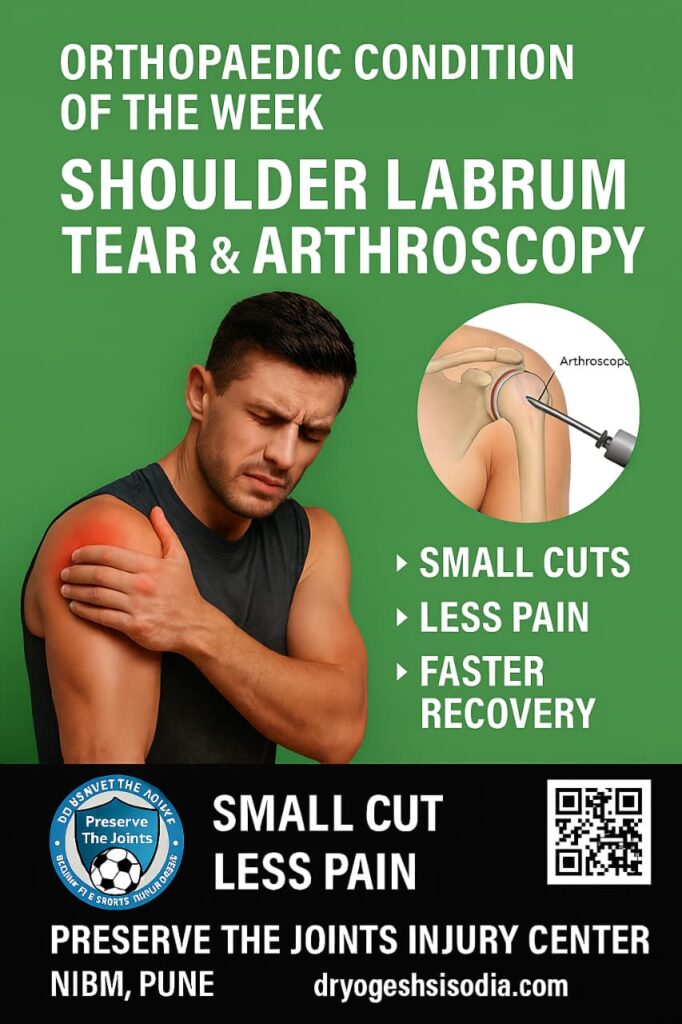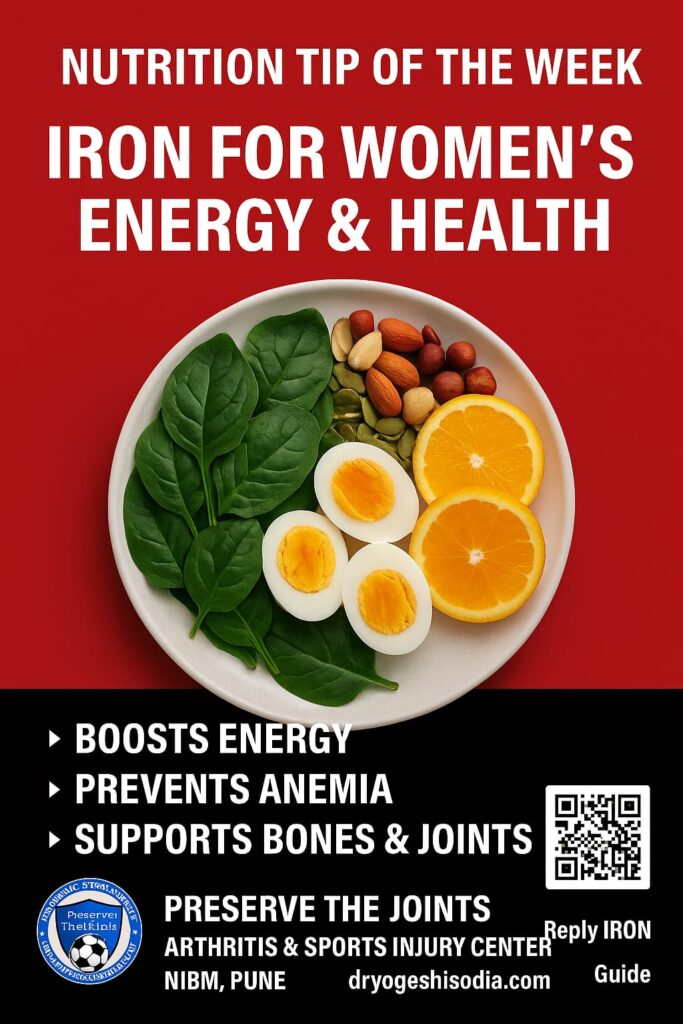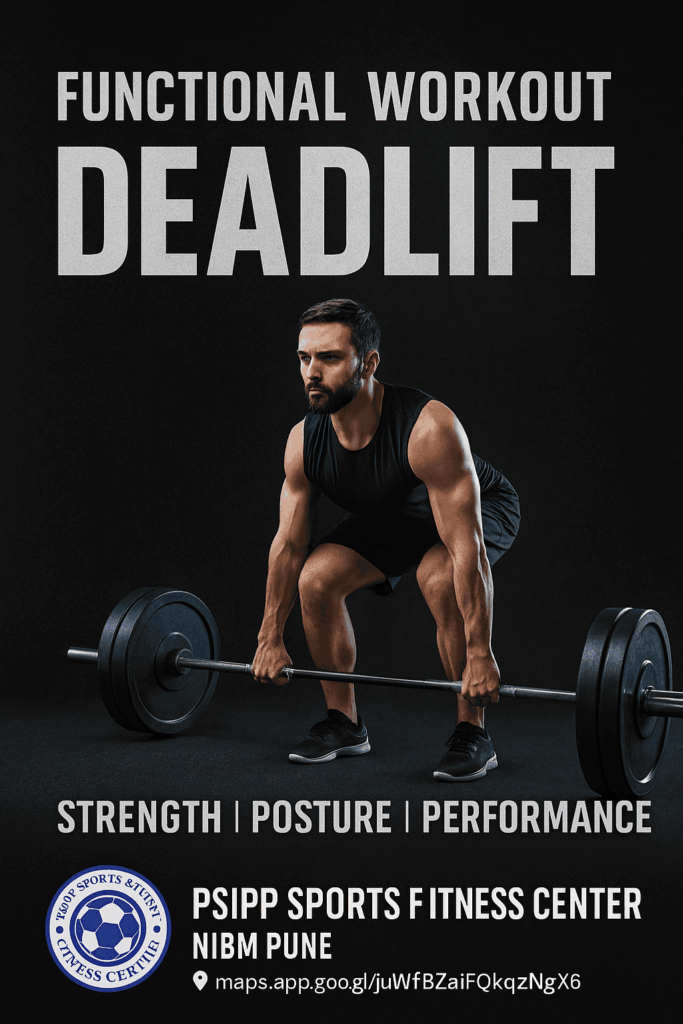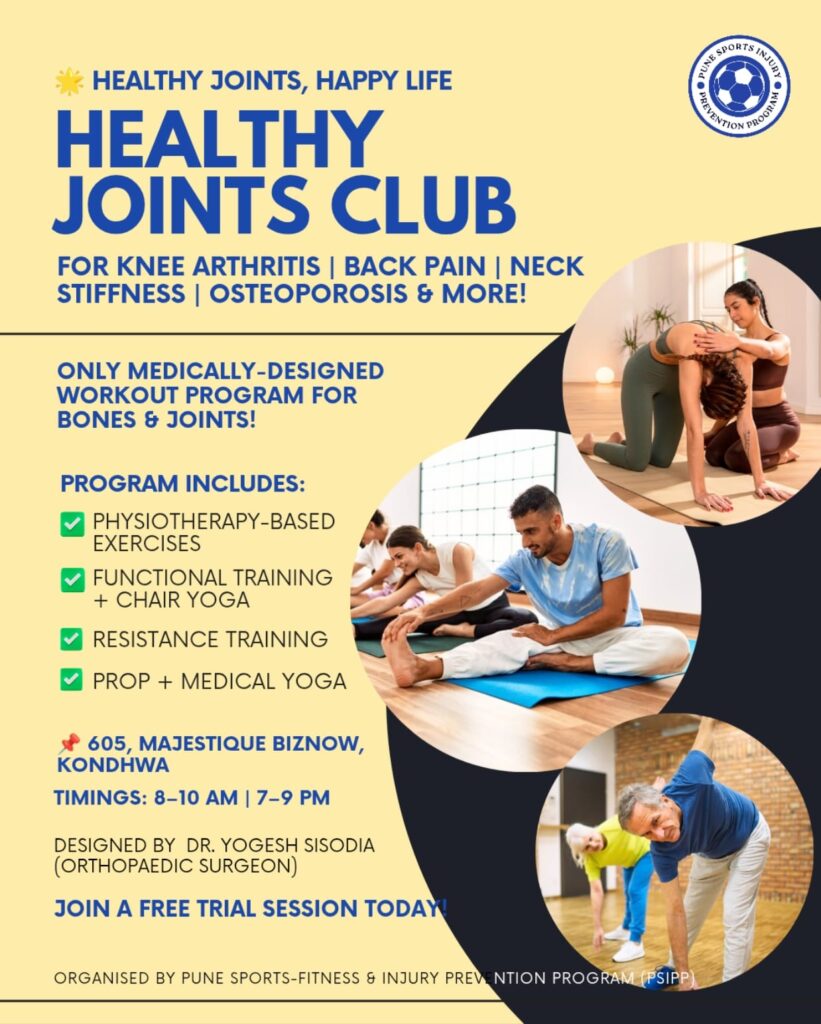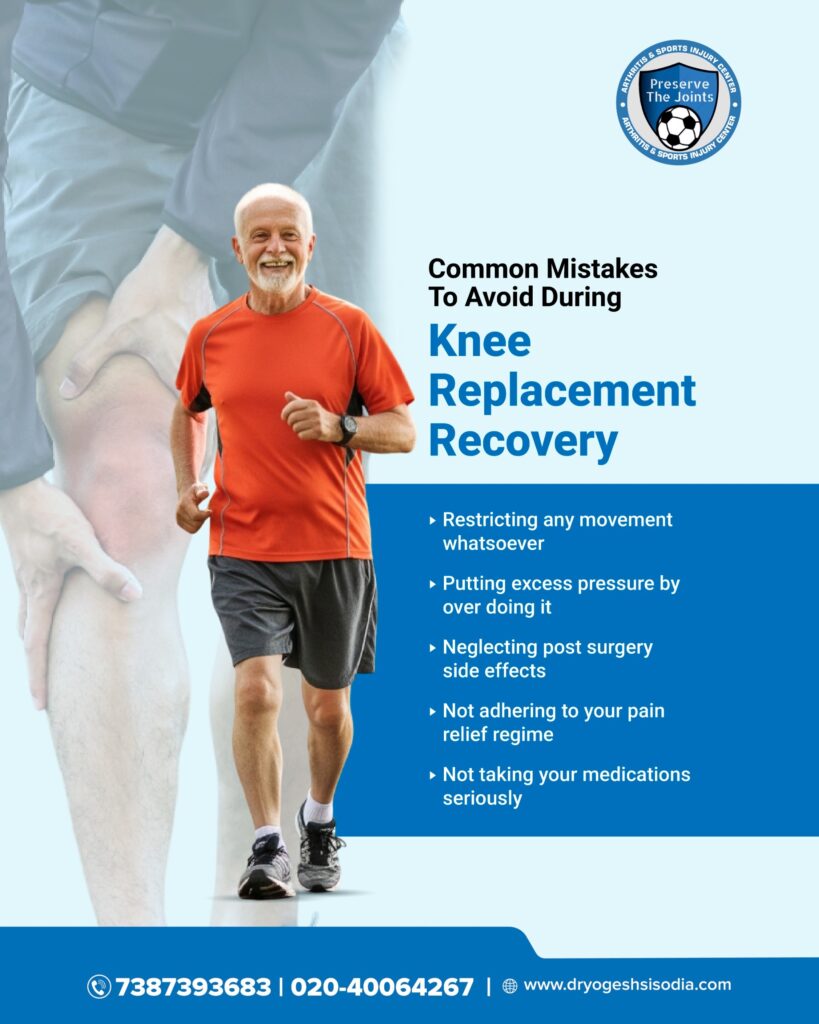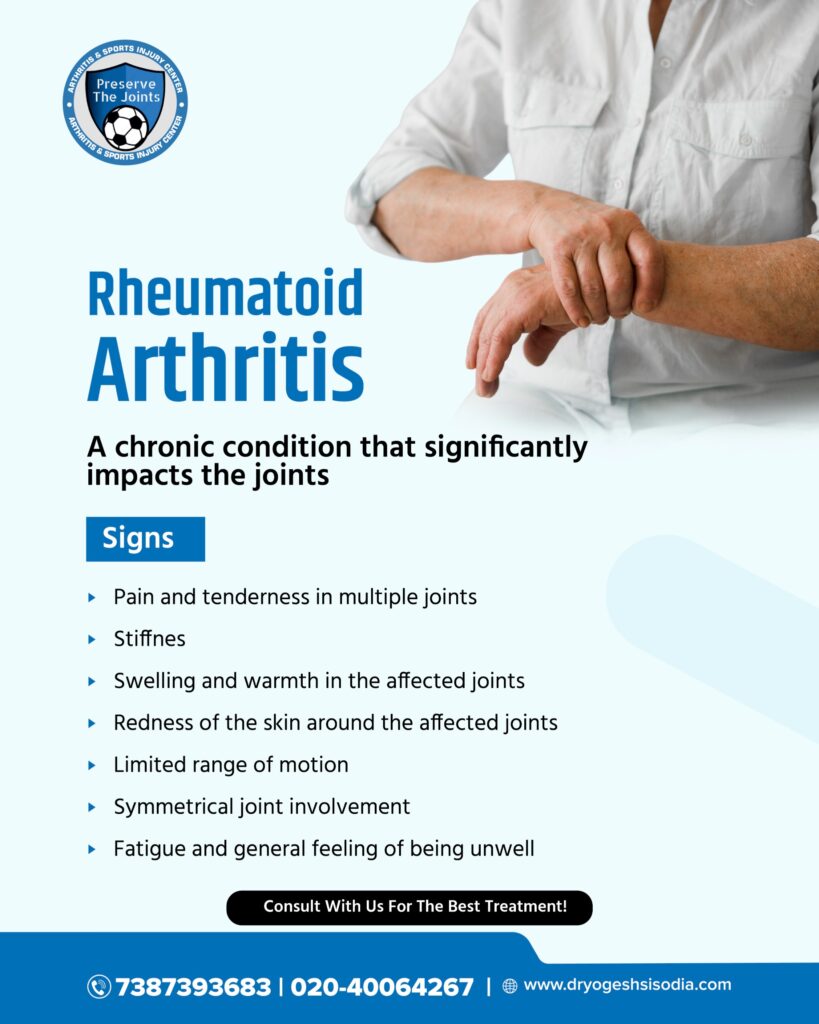Whether you’re a professional athlete or just someone who loves shooting hoops on the weekend, knee pain can be a game-changer. One of the most common culprits? Jumper’s Knee, also known as Patellar Tendinopathy. Let’s explore what it is, how to recognise it early, and what you should do about it! What is Jumper’s Knee? Jumper’s Knee is an overuse injury where the patellar tendon — the strong cord-like structure that connects your kneecap (patella) to your shinbone (tibia) — becomes inflamed due to repetitive stress. It’s most common in athletes involved in sports that require frequent jumping like basketball, volleyball, and track events. But here’s the thing — you don’t have to be a pro to get it. Anyone with repetitive strain on the knees can develop this condition. Symptoms: How Do You Know If It’s Jumper’s Knee? The symptoms often start subtly and worsen over time: ● Pain below the kneecap: Especially noticeable during or after physical activity. ● Tenderness: Pressing on the tendon just below the kneecap may feel sore. ● Swelling: Mild swelling around the knee. ● Stiffness: Your knee might feel tight, especially first thing in the morning. ● Pain with movement: Activities like jumping, running, squatting, or even climbing stairs can hurt. Ignoring these early signs can lead to more serious damage — including partial or complete tendon tears. Causes: Why Does Jumper’s Knee Happen? Jumper’s Knee doesn’t strike randomly. It’s usually the result of: Overuse: Repeated stress from jumping, sprinting, or heavy training without enough recovery time. Muscle Imbalances: Weak quadriceps or tight hamstrings can pull unevenly on the knee, stressing the tendon. Poor Technique: Incorrect jumping or landing mechanics put excess pressure on the Training Errors: Suddenly increasing intensity, frequency, or duration of Hard Surfaces: Playing on hard courts or fields increases impact on the knees. In short: it’s a classic case of “too much, too soon, too fast” without proper Precautions: How to Prevent Jumper’s Knee Good news: Jumper’s Knee is preventable with a few smart moves. Warm Up Properly: Always spend 5–10 minutes warming up before intense Strengthen Your Legs: Focus on building strong quadriceps, glutes, and Improve Flexibility: Regular stretching — especially of the quads, hamstrings, and calves — helps balance the forces around the knee. Use Proper Technique: Learn how to jump and land Soft landings are key! Manage Your Training Load: Gradually increase activity intensity and allow for proper rest Wear Supportive Footwear: Good shoes absorb shock and support knee Think of your knees as your career (or hobby) insurance — invest in them! Early Management: What To Do If You Have Jumper’s Knee Catch it early? Here’s your game plan: Rest: Cut back on activities that worsen the You don’t have to be completely inactive but modify your routine. Ice Therapy: Apply ice packs to the knee for 15–20 minutes several times a day, especially after activity. Stretching and Mobility: Gentle stretching helps keep the muscles and tendons 1. Eccentric Exercises: Controlled lowering exercises (like slow decline squats) help safely strengthen the patellar tendon. 2. Supportive Taping or Bracing: Sometimes a patellar strap or taping can offload pressure from the tendon. If you address it early, many mild cases recover with conservative care alone. When to See a Doctor Self-care is important, but sometimes you’ll need a professional’s help. Consult a doctor if: ● Pain persists or worsens after 1–2 weeks of rest and home treatment. ● Pain interferes with daily activities like walking, climbing stairs, or squatting. ● There’s noticeable weakness or instability in the knee. ● Swelling becomes severe or you feel a popping sensation during activity. A proper diagnosis often involves a clinical exam and possibly an ultrasound or MRI to assess the severity. Advanced treatments like physical therapy, shockwave therapy, platelet-rich plasma (PRP) injections, or — in rare cases — surgery, might be needed for stubborn cases. Final Thoughts Your knees carry you through life — and the court, the track, the gym. Don’t ignore their warning signs. With smart, sport-specific training, early action, and Injury prevention techniques, you can keep Jumper’s Knee from sidelining you. If in doubt, see your orthopaedic specialist early — it’s much easier to fix a small problem than a big one. Stay active, stay safe, and take care of those knees! Frequently Asked Questions (FAQ) on Jumper’s Knee Q1. Can Jumper’s Knee heal on its own? Mild cases can improve with rest, ice, stretching, and strengthening. But if ignored, it may worsen and require medical treatment. Q2. How long does it take to recover from Jumper’s Knee? Recovery can take anywhere from a few weeks to several months, depending on severity and how early you start proper management. Q3. Is surgery necessary for Jumper’s Knee? Only in rare, severe cases where there’s significant tendon damage. Most people improve with conservative treatments like physiotherapy. Q4. Can I continue playing sports with Jumper’s Knee? If the pain is mild and improving with rehab, modified activity may be possible. Persistent pain is a sign to STOP and seek advice. Q5. What exercises should I avoid if I have Jumper’s Knee? Avoid high-impact activities like jumping, sprinting, deep squats, and heavy leg extensions until cleared by a doctor or therapist.
